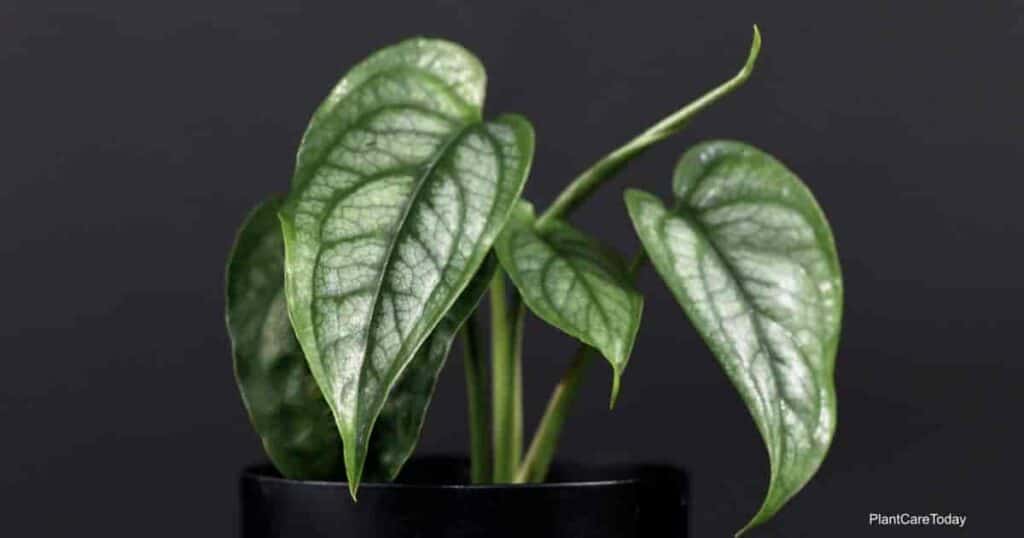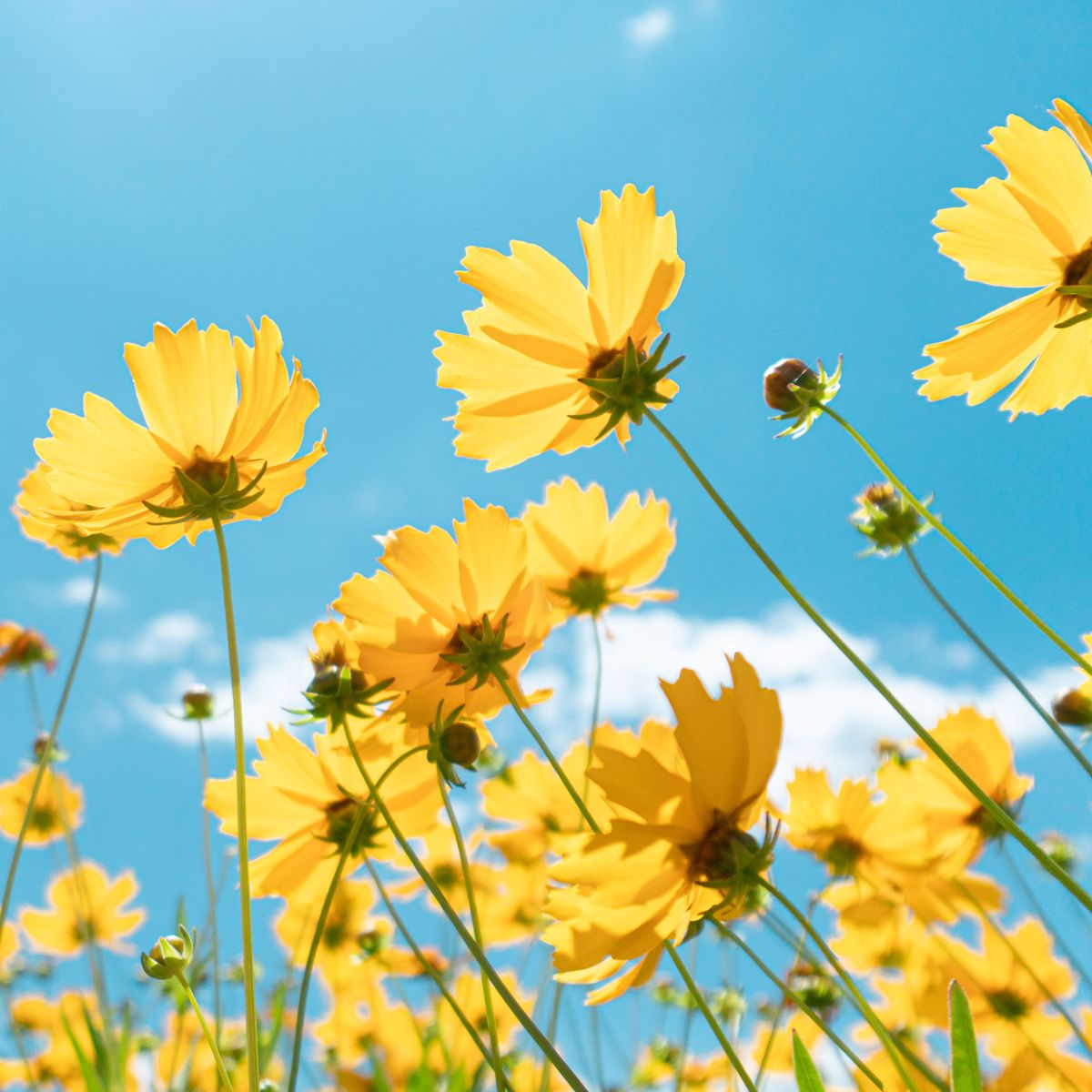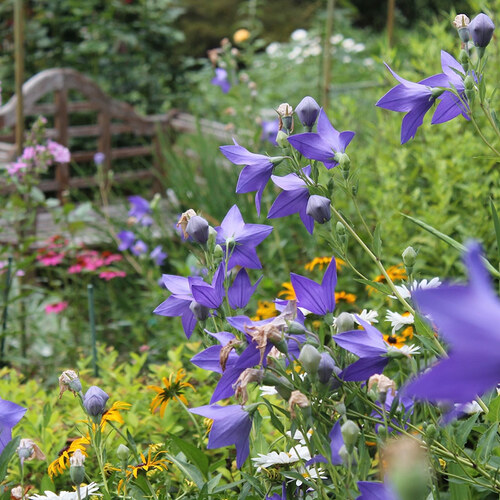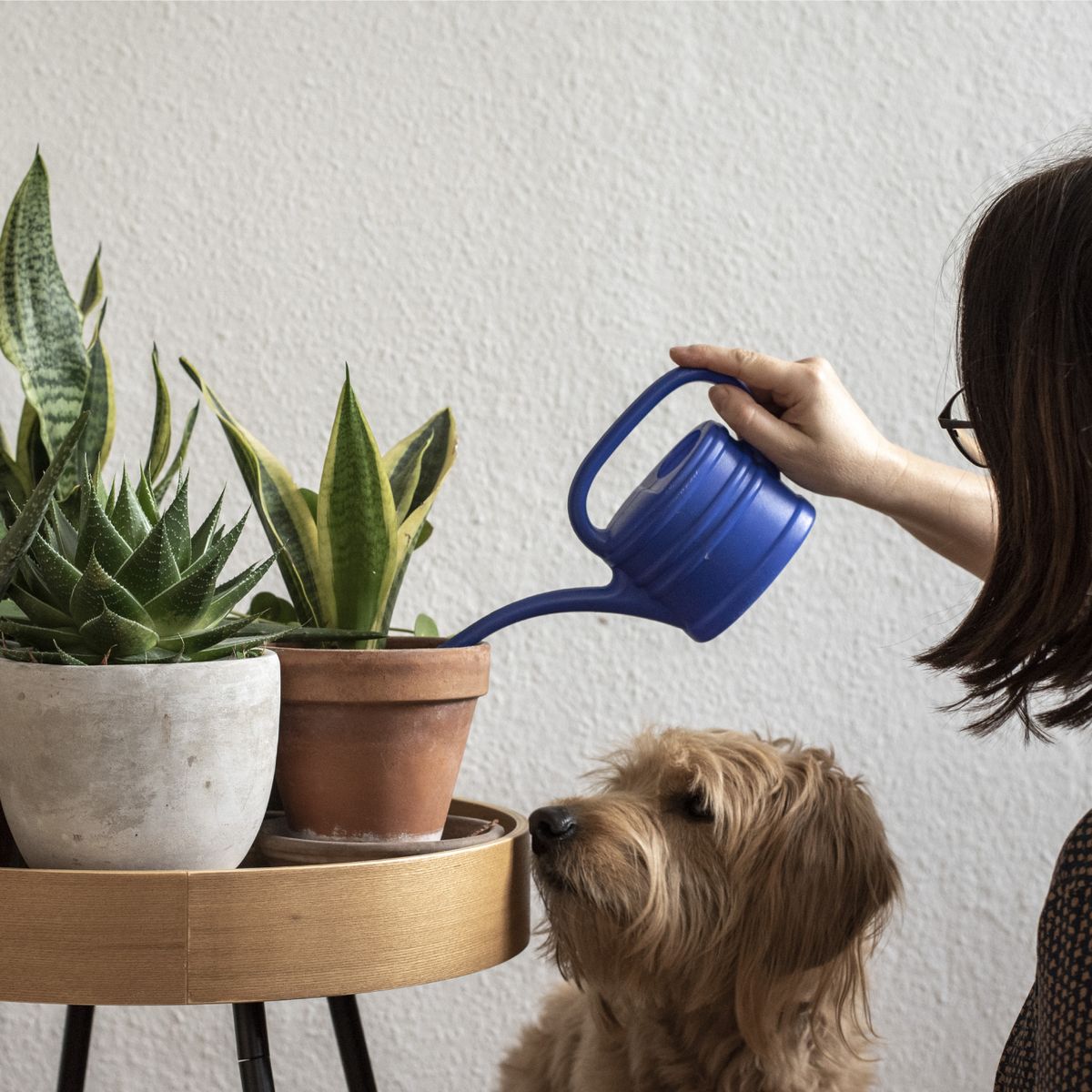Monstera siltepecana is an attractive plant from Mexico and parts of Central America.
It’s prized for its rich foliage, which develops fenestrations (window-like holes) as it grows older.
This plant goes by several common names, including:
- Seltene Monstera
- Silver Monstera
- Silver Queen Philodendron
- Swiss Cheese plant
As with all members of the Araceae family (commonly referred to as aroids), this is a neotropical perennial that rarely flowers indoors.
Instead, the leaves change shades with age, making for an amazing display when pairing adult and juvenile plants.
Monstera Siltepecana Care
Size & Growth
This plant like Monstera deliciosa is an epiphyte, meaning it requires another plant or structure for support.
It will eventually reach a mature height of up to 4’ feet with a spread of 3 to 4’ feet.
Under ideal conditions, it’s a fast grower but will have a more moderate growth rate in normal household conditions.
The most striking part of Seltene Monstera is the foliage.
- Juvenile leaves tend to be silvery or bluish.
- As the ages, a mature leaf turns to semi-gloss dark green and develops fenestrations.
- When allowed to grow outside of a terrarium, these leaves may reach 5” inches in length.
- The leaf undersides have whitish veins and are slightly bicolor.
Flowering and Fragrance
This monstera isn’t well-known for its flowers, which require specific conditions to develop.
On the rare occasion, you manage to get your plant to flower, it will produce a spathe with a spadix of insignificant white flowers at some point in the growing season.
Bright Light & Temperature
As a tropical plant Siltepecana is used to growing in the shade of taller plants, your swiss cheese plant will fare best when given bright, indirect light. Avoid direct sunlight.
It can handle short periods of direct evening light but will easily get burned by the noonday sun.
Anything less than dapples sunlight will stunt the plant, and more than partial shade will prevent proper photosynthesis.
These plants can handle a fair range of temperatures, from 55 to 90° degrees Fahrenheit, and brief exposure to 50° to 95° degrees Fahrenheit.
Avoid places with drafts or exposure to breezes, as the leaves can be very delicate.
Outdoors, the Monstera siltepecana plant grows in USDA hardiness zones 9b to 11.
Despite preferring high humidity levels of 60% percent or higher, a moderate humidity of 40 to 50% percent is sufficient for growth.
Aim for a spot in the kitchen or place the plant near a humidifier for a happier environment.
You can also use pebble trays or group plants to further increase local humidity levels.
Watering and Feeding
Monstera plants require a good amount of water but can easily develop root rot if left in standing excess water.
The best time to water is when the top 1 to 2” inches of soil are dry.
Water the plant generously using either distilled or rainwater until it begins to seep from the drainage holes.
If there’s water still sitting atop the soil, drain it off.
You can use any balanced liquid fertilizer with this plant.
Be sure to dilute the fertilizer by half for minimal risk of chemical burns, and always apply to damp soil.
You will only need to fertilize once per month during the growing season and should avoid feeding in the fall and winter months.
NOTE: Yellow leaves may indicate overwatering.
Soil & Transplanting
Silver monstera needs loose, well-drained soil to grow.
Potting mixes designated for aroids are a perfect choice.
However, a standard potting mix with sphagnum moss will also work well.
It’s also possible to use a blend with equal parts soil, perlite, and coco coir.
As with most aroids, Monstera siltepecana will need fresh soil every 1 to 2 years.
It may also need transplanting to a larger pot if you notice roots protruding from the drainage holes.
Gently remove the plant from its pot and tease the root ball to loosen it up.
Fill the bottom of the new pot with some soil mix before adding the plant.
Then slowly add more soil to fill the pot and add some water to moisten.
Grooming And Maintenance
As with most other climbing aroids, your swiss cheese plant requires very little maintenance and pruning is largely for aesthetic reasons.
If allowed to hang, you may need to trim the plant when its vines become too leggy.
You may also choose to remove yellow, dead, or damaged leaves.
When pruning in the spring, you also have the ability to propagate using the cuttings.
How To Propagate Silver Queen Monstera
The most common way to propagate this monstera is through cuttings.
- Make sure any cuttings have at least one leaf, and the cut is below a node.
- Place the cutting in a pot of soil, ensuring the plant is upright and supported, and keep the soil slightly damp.
- Conversely, you can put it in a cup of distilled water, making sure the node is covered.
- You will need to change the water every few days when it starts to cloud.
- While there’s no real difference in picking soil or water, many prefer the latter because they can watch the roots grow.
- It takes 2 to 3 weeks for the roots to begin growing.
- To check root growth in soil, you can give a very gentle tug.
- Resistance means the roots are developing properly.
- A new leaf is also a sign of healthy growth.
Transplant from water to a pot when the roots have reached 2 to 3” inches in length.
Monstera Pests or Diseases
This monstera species is susceptible to several common plant pests, most notably aphids, mealybugs, scale, and spider mites,
It is also known to suffer from Anthracnose, fungal infections, leaf spot, root rot, and stem rot.
As with all aroids, this plant contains calcium oxalate crystals, which are toxic to pets and can cause kidney stones in humans when ingested.
The crystals can also cause skin irritation in some people.
Signs of ingestion include diarrhea, irritation to the mouth, nausea, and vomiting.
Suggested Seltene Monstera Uses
As a climbing plant, like its cousin Monstera adansonii, siltepecana Monstera truly shines when allowed to scale a totem or bamboo pole.
Keeping one in a terrarium will stall its growth at the juvenile stage, allowing you to continue enjoying the silvery foliage.
While this plant may be grown in hanging baskets, the leaves will be unable to reach full size.












